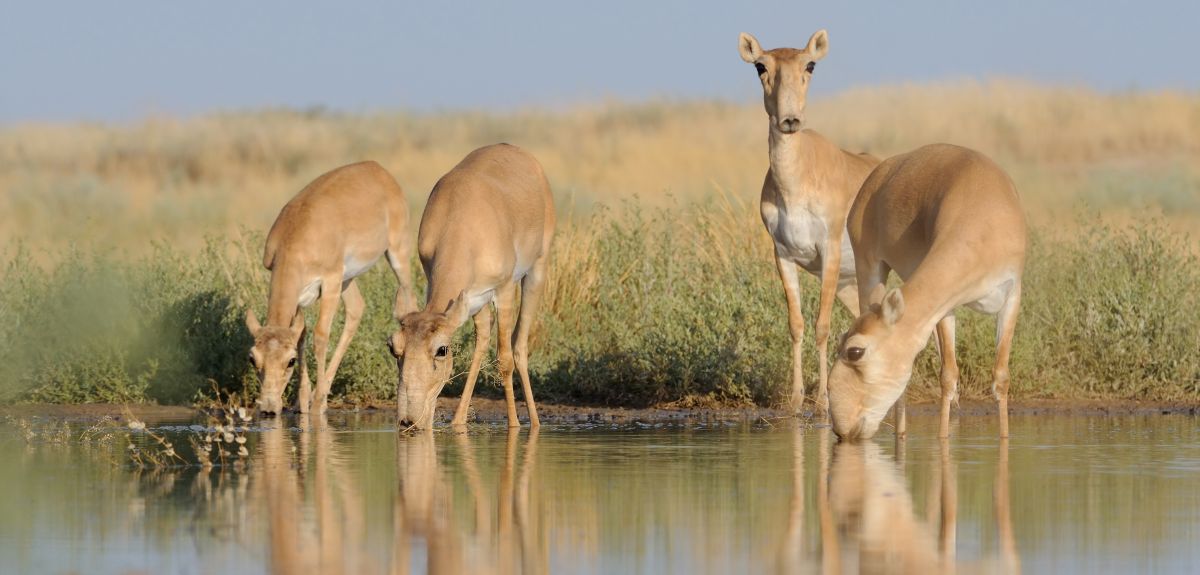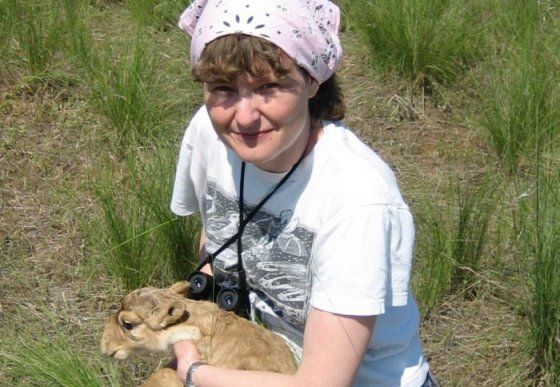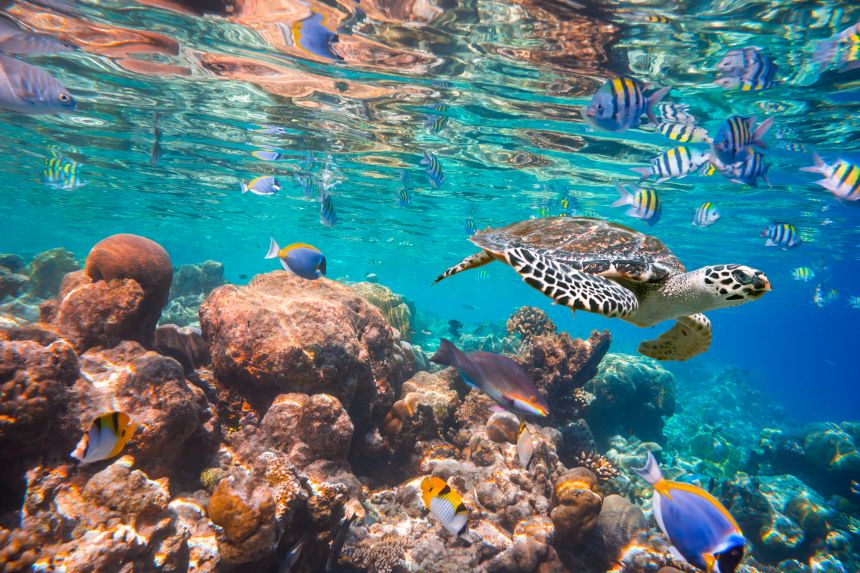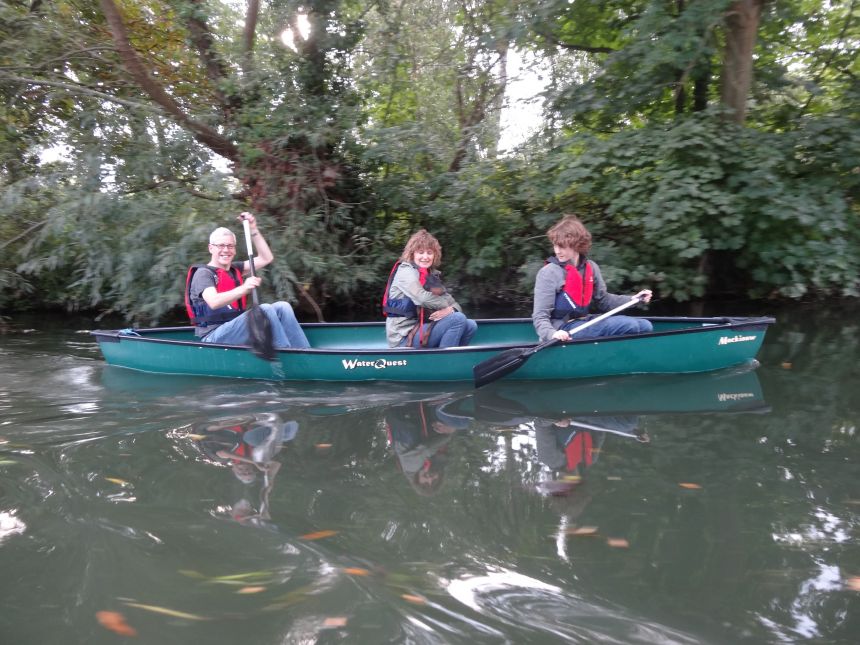
Women in Science: Brightening the conservation conversation
As the much anticipated Conservation Optimism Summit begins, Scienceblog talks to Professor EJ Milner-Gulland, Tasso Laventis Professor of Biodiversity in Oxford’s Department of Zoology. Co-creator of this landmark movement, she shares how she is working to protect some of wildlife’s most endangered species, what we can all do to be more environmentally conscious and why she has had enough of the doom and gloom around nature.
What was the inspiration behind the Conservation Optimism Summit?
The idea came about when I attended a lecture given by the great coral reef biologist Professor Nancy Knowlton, who founded the #OceanOptimism initiative. That campaign has done a fantastic job of highlighting positive stories about ocean conservation, and spreading them far and wide via social media.
Highlighting the challenges we face, rather than showing the progress that is being made to tackle them, makes people feel like there is nothing that they can do to help, when it really isn’t the case.
It got me thinking about how much we conservationists shoot ourselves in the foot by focusing on the negative. Highlighting the challenges we face, rather than showing the progress that is being made to tackle them, makes people feel like there is nothing that they can do to help, when it really isn’t the case. There is a lot to be proud of in conservation, and we need to be better at sharing it.
Once I had the idea in mind, I thought about how exciting it would be to have a Conservation Optimism event linked to the Earth Day events that people like Nancy Knowlton were also planning, and about the potentially powerful effect we could have in changing the conversation within conservation.
How does the format of the summit differ from other environmental campaigns?
Conservation Optimism is intended for everyone. Environmentalists, scientists, policy makers, academics, children – people in general. Our initiative encourages a global, collaborative way of thinking. While the only professional summit, specifically for conservationists, is taking place at Dulwich College, London, there are public events taking place all over the world. The flagship Earth Optimism event is organised by the Smithsonian Institute in Washington DC, but there are also events in Cambridge and elsewhere, so it is possible for people to get involved anywhere. My hope is that everybody who comes along not only enjoys themselves but comes away with a renewed commitment to protecting the natural world and a set of actions that they can implement themselves to make a difference.
 Image credit: EJ Milner-Gulland
Image credit: EJ Milner-GullandThe summit has been a culmination of months of planning and work, how do you plan to build on the initiative’s success in the future?
After the event we will sit down and analyse how people responded to the programme, did it inspire them or change their thinking or actions? Hopefully it will become an annual event, and more and more people around the world will get involved over time. The movement’s website will continue, and be updated with highlights from the summit and ideas to encourage people to stay connected with the Optimism movement.
What would you like the legacy of Conservation Optimism to be?
I hope conservationists will think hard about the way in which we approach our work, how we present it, and how we can be more forward-thinking and positive. We need to stop focusing on winning battles and collaborate to win the war. That begins and ends with the public working with us. We have to connect with them in a way that makes them feel that they can do something to change things.
Starting a community initiative, checking out local wildlife trust websites for news about public events, or simply replacing plastic bags with bags for life and plastic bottles for refillable ones, all helps. Plastic pollution is a huge threat to our oceans, with tragic consequences for wildlife. In all parts of the world, whether it's the UK or elsewhere, people can play a more active role in conserving their local wildlife. No matter where we live, every one of us can do more to protect the environment and get actively involved in conservation.
What’s next for you?
I’m going to Colombia in a couple of months to present at the International Congress on Conservation Biology and am looking forward to connecting with international colleagues and working how we can collaborate to tackle the challenges in our field.
What are the biggest challenges that you face in your work?
As scientists who are passionate about nature, it is challenging to make our work relevant to people's daily lives. Scientific language can be alienating; we need to bring nature to life in an exciting way that makes conservation interesting to people.
In today’s society everything we do as scientists has to have a real world impact to make it onto the agenda for governments and funders. People want to know ‘why should I care about this?’ and if we want to change the world for the better, we have to make a strong case that speaks to their needs and priorities.
 Professor Milner-Gulland was inspired to start Conservation Optimism, after attending a lecture given by the coral reef biologist Professor Nancy Knowlton, who founded the #OceanOptimism initiative.
Image credit: Shutterstock
Professor Milner-Gulland was inspired to start Conservation Optimism, after attending a lecture given by the coral reef biologist Professor Nancy Knowlton, who founded the #OceanOptimism initiative.
Image credit: ShutterstockAnd the opportunities that you enjoy the most?
For me it is the feeling that you are making a difference, changing the way people think about the natural world. I enjoy working with young people from around the world who are really passionate about conservation.
Starting a community initiative, checking out local wildlife trust websites for news about public events, or simply replacing plastic bags with bags for life and plastic bottles for refillable ones, all helps. Plastic pollution is a huge threat to our oceans, with tragic consequences for wildlife.
What achievement are you most proud of?
My ecological research in Central Asia with the saiga antelope. I’ve stuck with it for more than 25 years, through a time when uncontrolled poaching catapulted the species towards the brink of extinction,to now, when saiga numbers are increasing, and there is hope again. My research has played a part in in getting us to this point, and although it has not been without its challenges, I am very proud to have been involved.
Aside from Conservation Optimism, what other projects are you working on at the moment?
One exciting new initiative is the Oxford Martin’s School Illegal Wildlife Trade programme. The illegal and unsustainable trade in wildlife is a major threat to global biodiversity. I am working to understand the drivers and motivations of wildlife consumers to work out how we can change this behaviour.
Do you think there are any unique challenges to being a woman in science?
Balancing family time with your passion for research is a constant challenge. Fortunately, universities actively try to support people to achieve this, much more so than in many other jobs. It is important for people to realise that it doesn’t have to be all or nothing. It is possible to do well in science and have a life outside of your work.
Are there any changes that can be made to make this balance easier?
A lot of the problem comes from young people being employed on short term contracts before they achieve permanent positions, and that makes it hard to plan your life. Once you have the security of a permanent position there are lots of positive initiatives in place to support people who have family commitments. But making that step is really hard. Research grants like the Dorothy Hodgkin Fellowship which support people coming back into academia after a career break, are fantastic. These allow people to have research time to build their career when coming back, and make it easier to balance their various commitments.
How did you come to be a scientist?
I was raised in the British countryside, so grew up surrounded by nature and spent lots of time outdoors. I have always found biology fascinating, and was also fortunate to have a fantastic teacher who inspired me. Coming from a family who were keen to share their love and knowledge of nature with me was also an inspiration.
One piece of advice that you would give to other would be scientists entering the field?
Do what you love, rather than compromising on doing research that you feel you ought to do because it's fashionable or where the money is.
 Professor Milner-Gulland pictured rowing, with her family
Professor Milner-Gulland pictured rowing, with her family